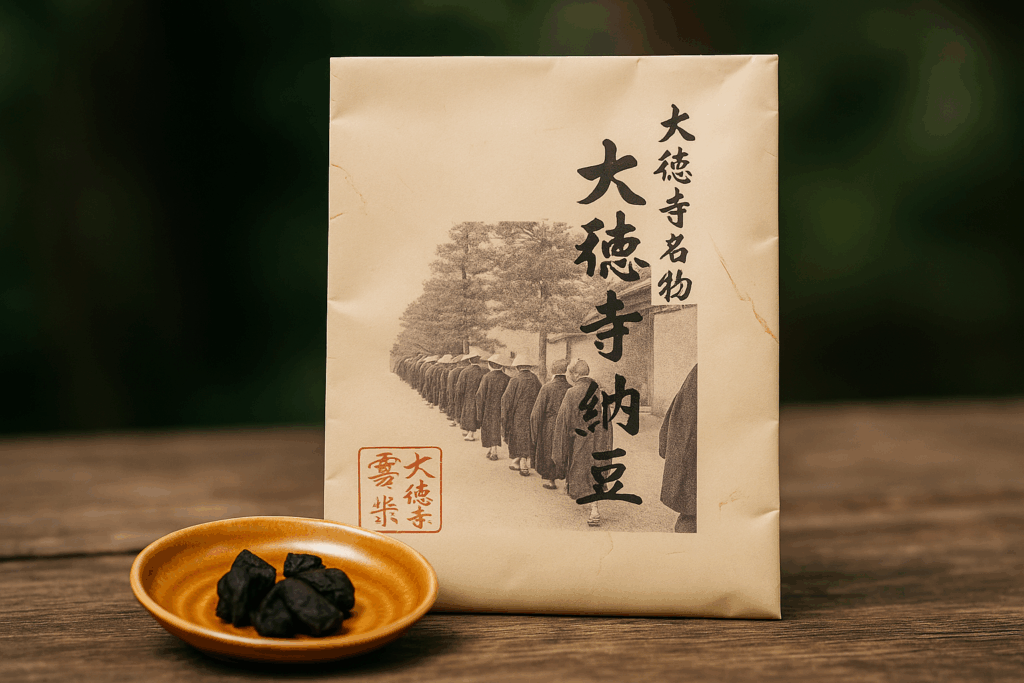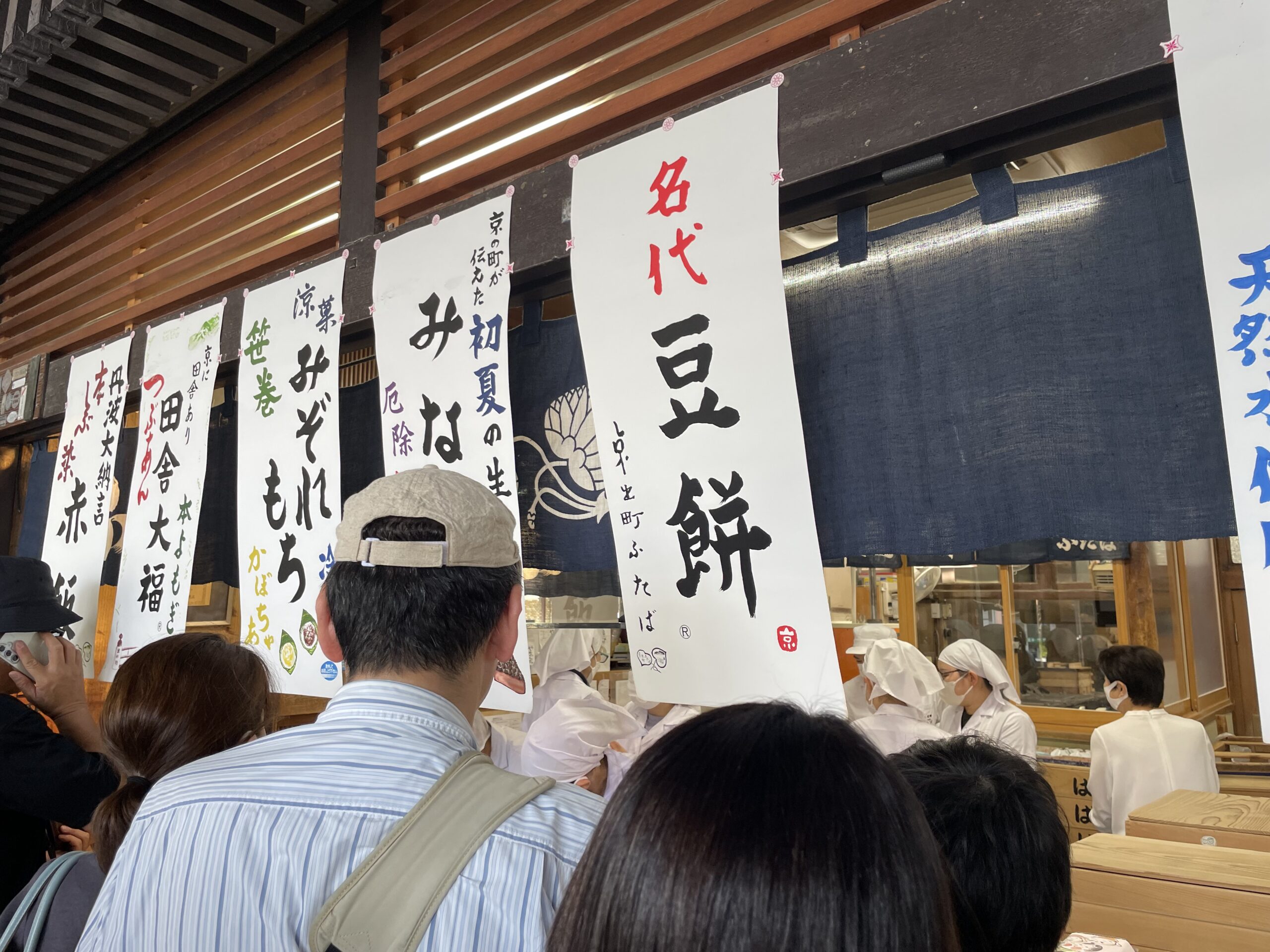The Secret Taste of Kyoto: Discovering Daitoku-ji Natto
A Monk’s Preserved Food

Think you know natto? Think again. Far from the sticky breakfast staple known throughout Japan, Daitoku-ji Natto is a salty, umami-rich delicacy that has nourished Zen monks for centuries and found its way into the refined world of the tea ceremony.
Daitoku-ji Natto dates back to the Muromachi period, when Zen monks needed a food that could last through long periods of meditation and fasting. Made with soybeans, malted rice, and salt, it was both nutritious and easy to preserve, making it an essential part of temple life.
Legend has it that during the 15th century, the eccentric monk Ikkyū Sōjun played a role in reviving Daitoku-ji, and the recipe for this special natto became firmly established. Unlike modern natto, it is dry, slightly chewy, and packed with rich umami flavor.
Over time, Daitoku-ji Natto found its place in the refined world of the tea ceremony. Masters such as Sen no Rikyū valued it as a delicacy to be served in small dishes, adding depth and tradition to the tea experience.
A Rare Taste of Kyoto Today
Even now, Daitoku-ji Natto is produced in small quantities and sold near the temple. For curious travelers, tasting it offers not just a unique flavor but also a direct connection to Kyoto’s centuries-old culture of Zen and tea.

